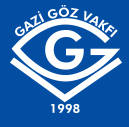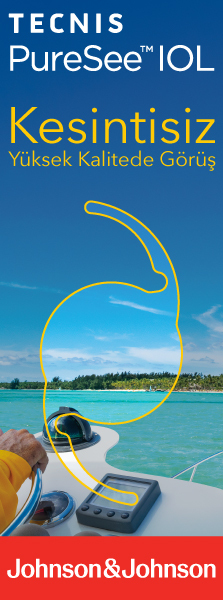Retina-Vitreous
2017 , Vol 25 , Num 2
Nucleus Drop and Endophaco
Doç. Dr., Acıbadem Üniversitesi, Maslak, İstanbul
Despite its low incidence rate, dislocated lens material into the
vitreus secondary to complicated cataract surgery can cause important
complications such as high intraocular pressure, uveitis,
corneal edema, cystoid macular edema, retinal detachment (RD),
and decreased vision. When managed properly, these expected complications decrease and final vision increases. That`s why the
primary intraoperative goals of the anterior segment surgeon are
to perform a thorough anterior vitrectomy, remove lens material
that is accessible from the anterior approach, and if possible, to
place a posterior chamber intraocular lens to the sulcus. Removing
dislocated nucleus in the vitreus with pars plana vitrectomy
(PPV) at the same session, when the necessary conditions are
available, is ideal to decrease postoperative infl ammation and
complications. However, if the ideal conditions are not available,
it is appropriate to consult the patient to a VR surgeon, starting
anti-infl ammatory as well as antiglaucomatous treatment
when necessary, and to perform PPV electively in the following
postoperative days to first week. This period should not be more
than a month. When the retained lens material is only cortex,
the eye can be followed-up closely. Small nucleus material can be
removed with a vitrector, however using endophacofragmatome
in dislocated large and hard nucleus material shortens surgical
time. Endophacofragmantation should be performed after total
vitrectomy, in the midvitreus, with low energy, and with its tip
holding always in contact with the nucleus material. The peripheral
retina is inspected with scleral indentation for any retinal
tears, and endolaser photocoagulation is performed if needed.
As an alternative method, hard nucleus material can be chopped
with a new designed intraocular foreign body forceps, and
then can be removed with vitrectomy. These eyes should be followed-
up for longterm postoperatively for development of retinal
tears, and retinal detachment. Thanks to the developments in VR
equipments, and increased surgical experience, visual prognosis
has become better in recent years. In eyes without a preexisting
eye disease, and postoperative complications, final visual acuity
can reach to the levels expected from a standard cataract surgery.
Keywords :
Phacofragmatome, cataract surgery, complication, nucleus drop, pars plana vitrectomy





